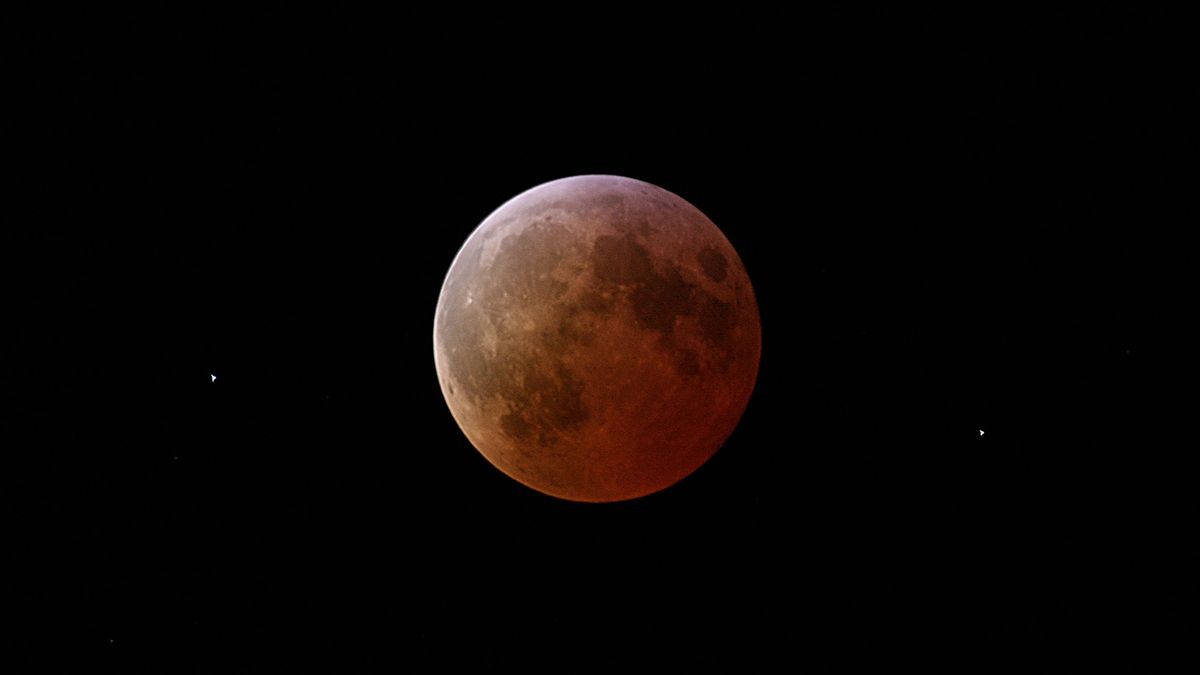Livescience
1M
258

Image Credit: Livescience
How to photograph the moon: Tips on camera gear, settings and composition
- Photographing the moon is a rewarding experience, especially with the upcoming total lunar eclipse on March 13-14, 2025, presenting a fantastic photographic opportunity.
- Various styles of moon photography, from full-phase to crescents and eclipses, require a blend of the best cameras, technique, and creativity.
- 2025 offers several lunar events like supermoons and a total lunar eclipse on September 7–8, providing multiple chances for capturing unique moon images.
- Camera settings during a lunar eclipse require adjusting shutter speed for brightness and considering a location with limited light pollution.
- For moon photography, DSLR or mirrorless cameras offer the best results, though compact cameras with manual settings can also be used effectively.
- Telephoto or super-telephoto lenses are ideal for moon photography, with focal lengths of 200mm or higher recommended for detailed shots.
- Using accessories like tripods for stability, remote shutter releases, and filters can enhance the sharpness and quality of moon images.
- Composition tips include incorporating foreground elements, experimenting with phases, shooting during moonrise/set for better lighting, and avoiding placing the moon dead center.
- Camera settings like shutter speed, aperture, ISO, white balance, and focus are crucial for capturing sharp, detailed moon images, with exposure bracketing recommended for HDR compositions.
- Apps like PhotoPills and The Photographer's Ephemeris can assist in planning moon shoots, even for beginners in astrophotography.
Read Full Article
15 Likes
For uninterrupted reading, download the app